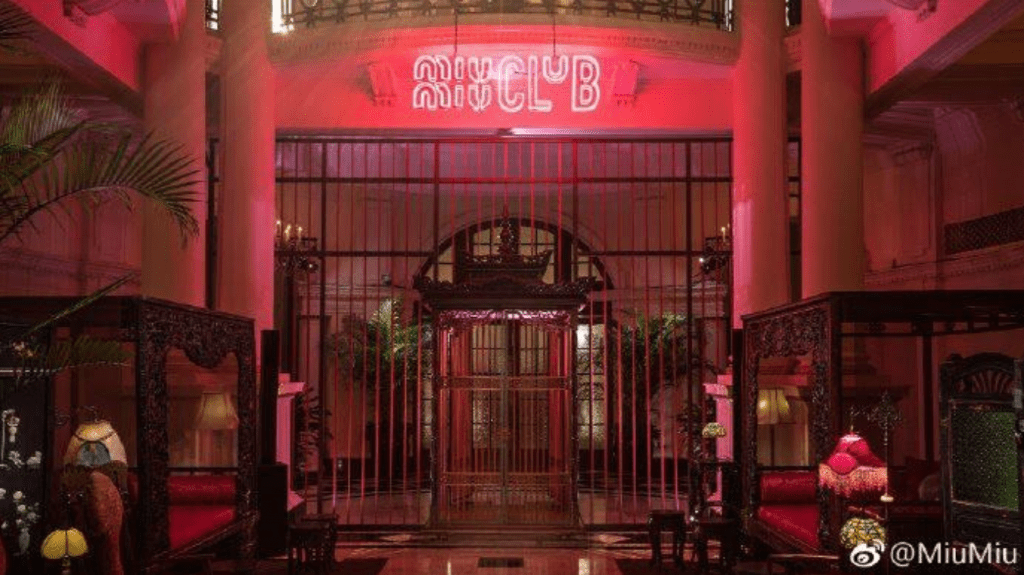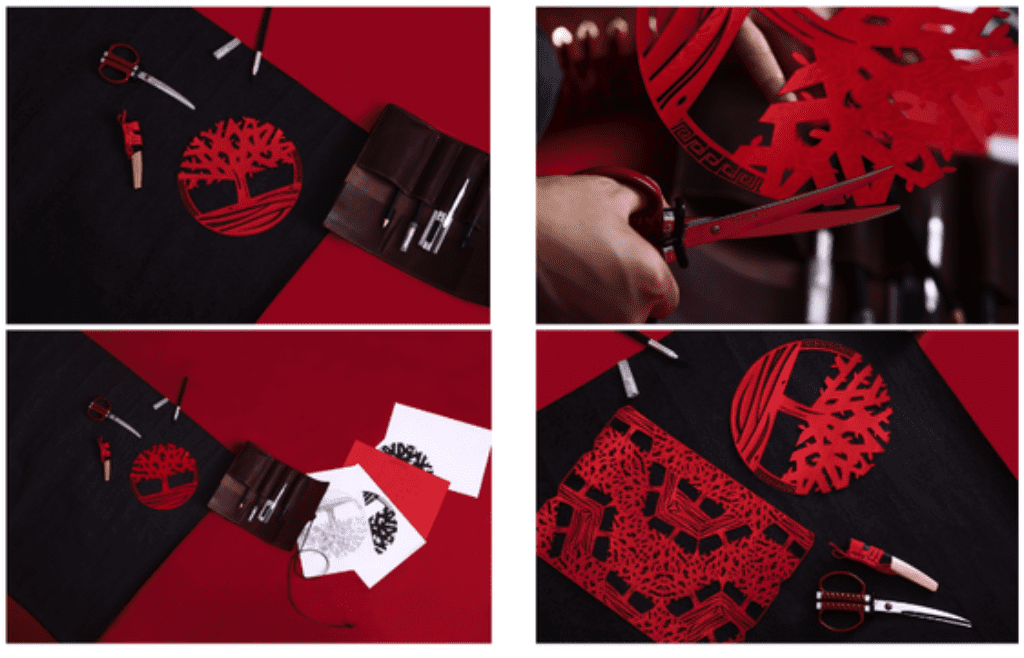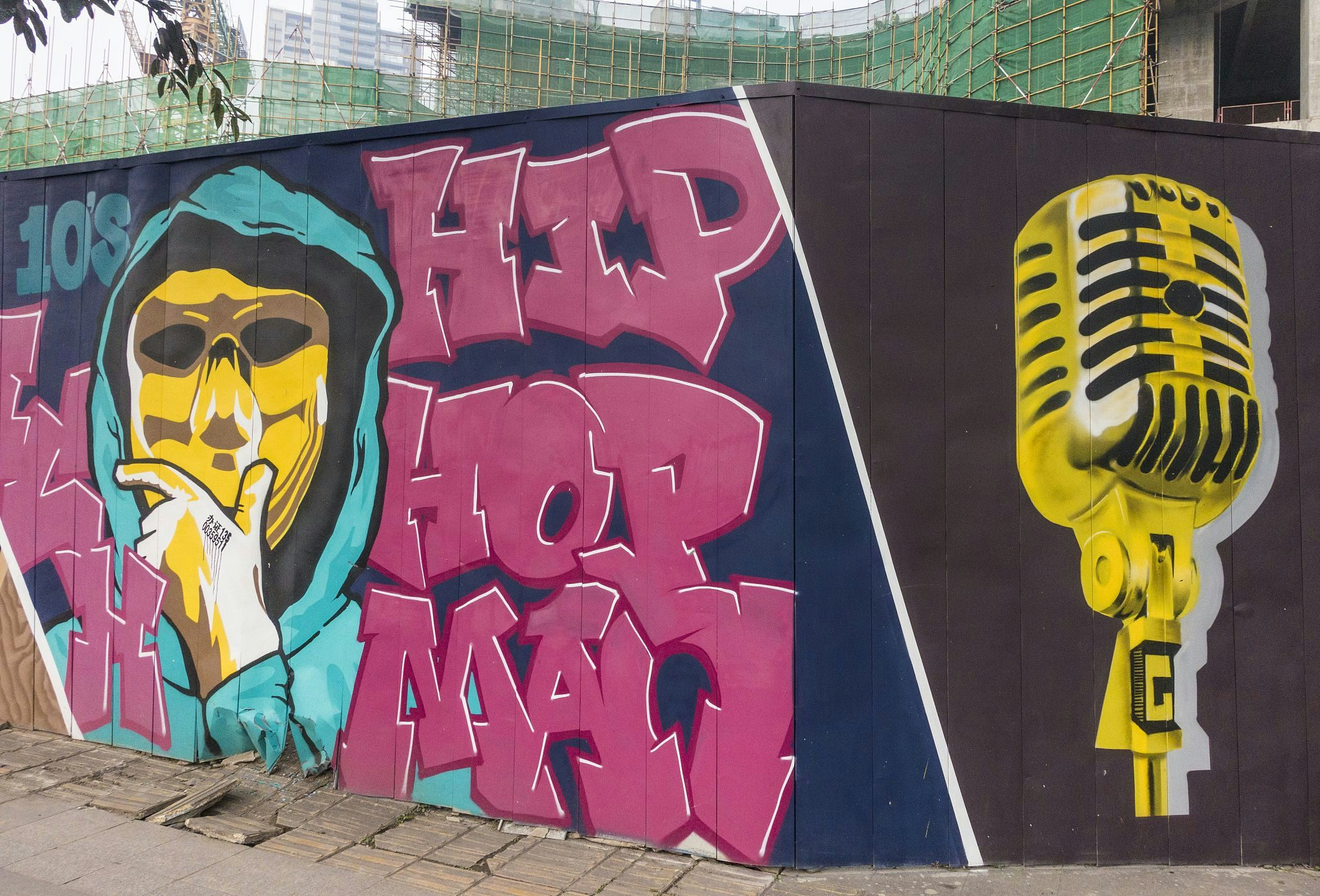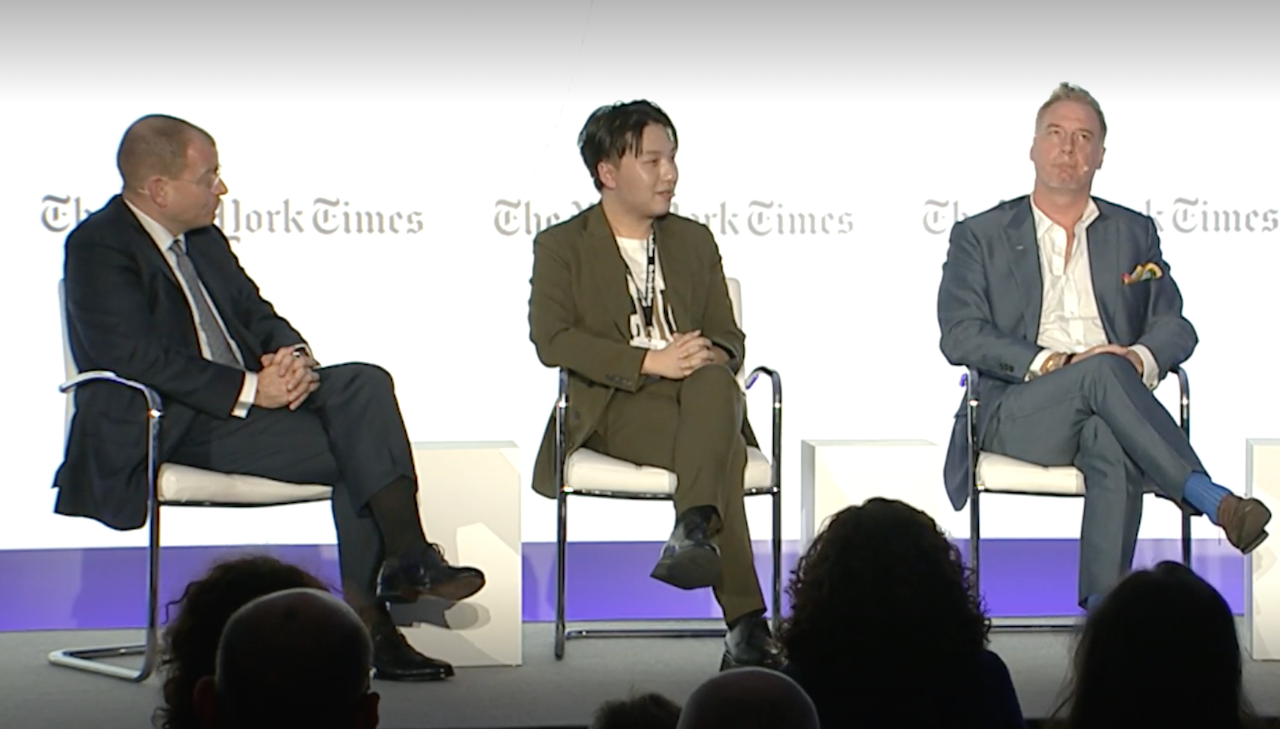The repercussions of Dolce & Gabbana’s China blunder have been, so far, fierce. On November 23, D&G published the founding duo’s apology (on social media site Weibo) for a reviled and racist ad campaign, yet many Chinese netizens viewed the apology as insincere. In the fashion brand’s homeland of Italy, mainstream media coverage about the event has consistently commented on the Chinese market as an increasingly challenging environment. Their hinted question is: Why are China’s new generations so hard to please?
The answer is: they are not, if you do it right. On November 22, amid the D&G meltdown, MiuMiu published a Weibo post on how the brand collaborated with art director Tu Nan to incorporate old-world Shanghai glamour into the interior of its MiuMiuClub, a star-studded event to celebrate the glory of modern Shanghai. The same week, Louis Vuitton published a Weibo post on the beauty of Chinese calligraphy by pointing out a luggage collaboration with artist Xu Bing from the brand’s “Volez, Voguez, Voyagez” exhibition in Shanghai. Both brands have earned netizens’ applause, receiving comments like “this is a brand treating the Chinese market properly.”

Taking a retrospective look at China-themed marketing tributes from “outsider” companies, what makes a campaign “bad” isn’t really the brand’s intention but the gap between cultural expectations and current reality. Understanding and acting upon this will be crucial to any luxury brand’s business survival going forward.
Here, some takeaways for brands designing marketing campaigns for China:#

1. No to a fixation on the past; yes to the present and future#
Example: Coca-Cola
No more red lanterns, dragons, the Oriental riff, or other cliché motifs from the stereotypical Chinese chain restaurants abroad. Western mainstream culture tends to hold a nostalgic view of old China, which doesn’t always resonate with the modern Chinese audience. For example, the MET’s China-themed exhibition “Through the Looking Glass” in 2015 proclaimed itself as a celebration of the chinoiserie style in fashion, but critics in China viewed the show as a “colonial fantasy.” In a time when nationalism is reaching an all-time high in this Chinese century, Chinese consumers want the world to recognize their country's present and future.
Showing appreciation of China’s social progress and technological advancement plays a key role in winning over the country’s new consumers. Coca-Cola, albeit not being a luxury brand, has made an excellent example for brands symbolic of the western culture on how to acknowledge China’s modern progress through advertising. To celebrate the 40th anniversary of China's reform and opening up, Coca-Cola launched a campaign to show how the quality of life improved over the years.

2. Collaboration, not the brand monologue#
Example: Timberland
To avoid cultural appropriation, brands need to collaborate with artists or designers from the culture of their inspiration. The D&G case has well-demonstrated the danger of monologue-style marketing. On one hand, the Chinese audience was most turned off by cultural superiority on display. On the other hand, they are enthusiastic to see the brand’s collaborations with Chinese artists.
Timberland's 2018 Chinese New Year collection“Fortune in Full Bloom” was one of these happy marriages. The brand collaborated with artist Bonsen Chen, who combined the traditional paper cutting art with Timberland’s tree-shape logo. In the campaign video, Chen also explained the semiotics behind his design, giving more cultural credibility to the brand marketing effort.
3. Recognition of the growing sensitivity to Chinese consumer abuse#
From the Internet outrage about Heathrow airport's duty-free shop charging Chinese travelers unfairly to the alleged Balenciaga store racism to the recent D&G racism outcry, Chinese consumers have become ultra-sensitive to such demographic abuses from brands. They are now very much aware of how the luxury industry woos their spending power, and have become more sensitive to the outbreak of racism news. A campaign’s superficial, close-minded read of Chinese value falls right into that “abuse” category. As more and more Chinese young luxury consumers have traveled and lived abroad, they find cheap interpretations of their culture less excusable.
In a 2016 op-ed that accused Victoria's Secret of marketing orientalist lingerie as inclusive, writer Helin Jung says, “What condescension, for Victoria's Secret to think that by wrapping a model in a dragon, it could connect directly with a new consumer in China.” Her words feel particularly relevant to the Chinese consumer psyche today.
Long gone are the old days of China views everything Western as a premium a priori. According to a 2018 Tencent study, over half of Chinese Gen Z does not consider a brand’s foreign origin as a plus point. To inspire this culturally-sensitive generation, international brands will need to provide a more discerned, sophisticated understanding of China.


